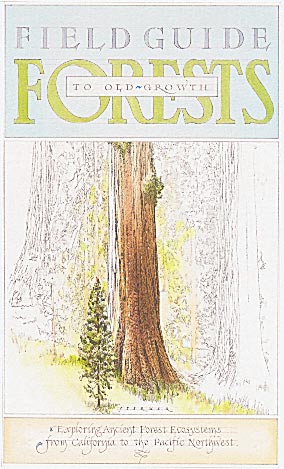
This Article From Issue
May-June 2000
Volume 88, Number 3
DOI: 10.1511/2000.23.0
A small—but near perfect—piece of writing, Leslie Peltier’s Starlight Nights: The Adventures of a Star-Gazer (Sky Publishing, $20, paper) is the story of a young man, a telescope and a passion to observe and understand the universe. First published in 1965 and now back in print, this book has the power to transport you to the simpler times and the dark night skies of rural Ohio during the early decades of the 20th century. A classic.

From One Universe.
A fine complement to Peltier’s book, The Sky Is Not the Limit: Adventures of an Urban Astrophysicist (Doubleday, $24) by Neil de Grasse Tyson, recounts the author’s own love affair with the night sky. Like Peltier, Tyson caught the astronomy bug as a young boy, but there’s a twist to his story: He is a black man who grew up in the Bronx and is now the director of the Hayden Planetarium in New York. Tyson is also a co-author, with Charles Lu and Robert Irion, of a coffee-table book, One Universe (Joseph Henry Press, $40) that offers an accessible account of matter, motion and energy that should appeal to star-struck high school students.
It’s high time for a couple of books that hold our attention for a few hours: Alexander Waugh’s Time: Its Origin, Its Enigma, Its History (Carroll and Graf, $25) explores how the concept and measurement of time, as well as the calendar, have evolved during the past three millennia; and John Gribbin’s The Birth of Time: How Astronomers Measured the Age of the Universe (Yale, $22.50) describes how our understanding of the scale and the expansion of the universe developed through improvements in astronomical instruments and ideas, especially during the 20th century.

Field Guide to Old-Growth Forests
Field Guide to Old-Growth Forests (Sasquatch, $9.95, paper) is filled with drawings, maps and other useful features, including an index and even contact information of forest-conservation groups. Although not meant to be definitive, it is nonetheless a concise, lively and loving introduction to the ancient ecosystems that survive from California to the Pacific Northwest.
Stanley Coren’s How to Speak Dog (Free Press, $24) blends evolutionary theory, behavioral studies and anecdotes to explicate the subtle signals dogs use to communicate. This book goes way beyond a training manual: It offers deep insight into the two-way communication between dog and human, showing how we can improve our understanding of dogs by learning their language.
Imagine listening to baseball on the radio without knowing the rules or having seen a game and you get a feel for Fuzzy Future: From Society and Science to Heaven in a Chip (Harmony, $25) by Bart Kosko. Using fuzzy math, fuzzy systems or fuzzy whatever as a calling card, the book’s jargon-laden stream of consciousness meanders through a multitude of topics that should be interesting but, because the author seems convinced that popular readers want excitement but are dumb, leaves the reader feeling confused and, worse, patronized. One chapter just keeps repeating “fuzzy rules patch the bumps” without ever really explaining what either a bump or a patch is.
In his fascinating Inner Vision (Oxford, $35), Semir Zeki sketches out an aesthetic theory entirely based on neurobiology. If the reader tires of Zeki’s thought-provoking words, there is plenty of food for what he terms the “visual brain??Picasso, Magritte, Mondrian, Cézanne, Rodchenko, Titian and more.
Reading The Drama of Everyday Life (Harvard, $25) by psychologist Karl E. Scheibe is a little like learning about human psychology by watching a Woody Allen film: The approach may not be scientific, but you feel that you’ve been exposed to some truths about the human mind that the laboratory can’t touch. Read it for the insight it provides on how we strut and fret our hour upon the stage.
The abundance of self-absorption and narcissism in American culture is hardly a new concept. We are a society of individuals seeking attention by any means: on television, via the Internet or in excessive displays of purchasing power. The Pursuit of Attention: Power and Ego in Everyday Life (Oxford, $25) explores the nature of this self-attention and its potential consequences. The author’s somewhat grim depiction of American life could leave you with a heightened self-awareness—or simply lead you to dismiss his admonitions as incurable cynicism.
Nanoviewers: Randall Black, William J. Cannon, Karyn Hede, Rebecca Slotnick, Michael Szpir, William Thompson
American Scientist Comments and Discussion
To discuss our articles or comment on them, please share them and tag American Scientist on social media platforms. Here are links to our profiles on Twitter, Facebook, and LinkedIn.
If we re-share your post, we will moderate comments/discussion following our comments policy.